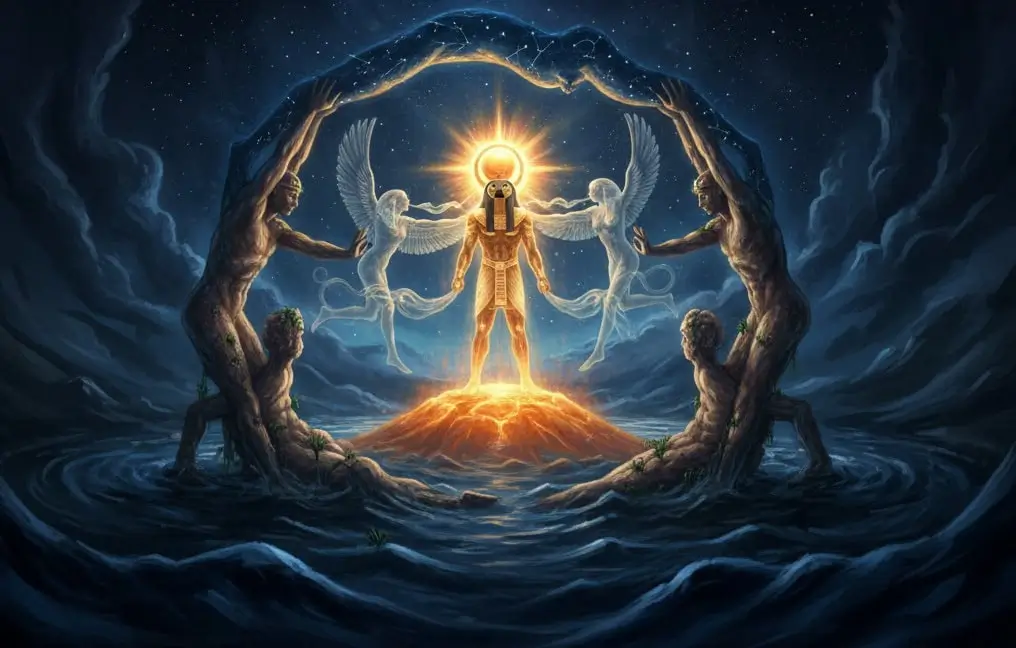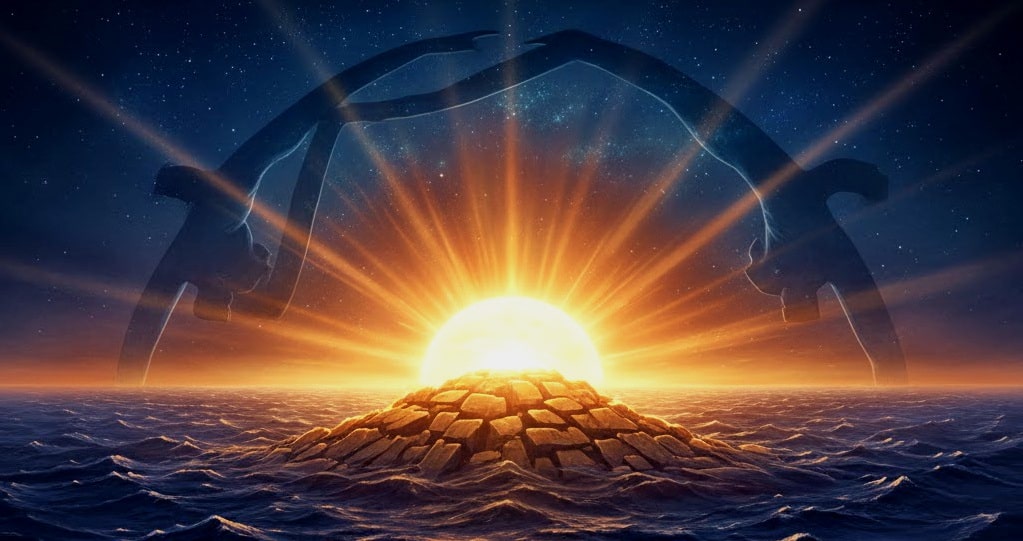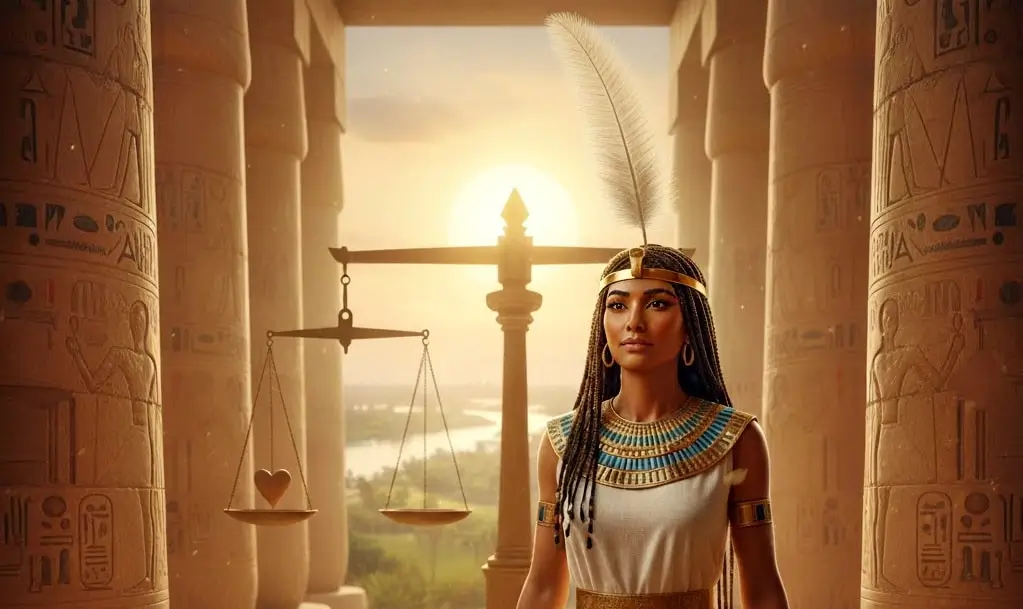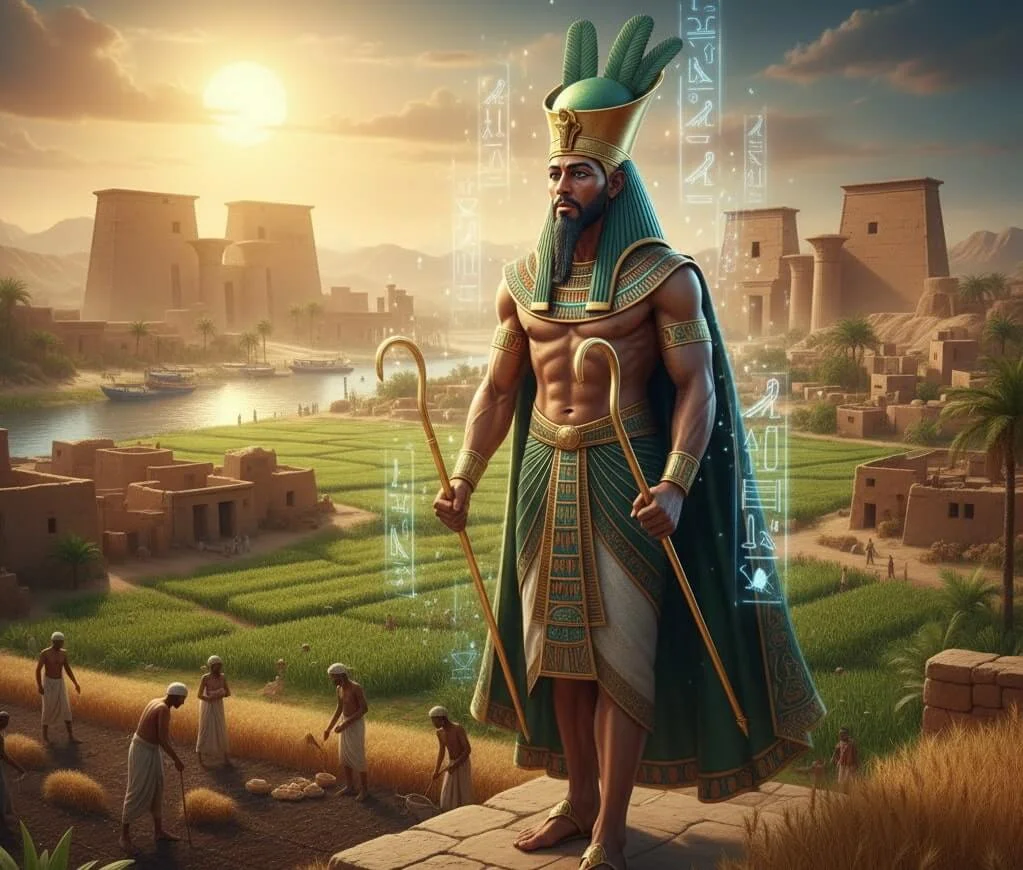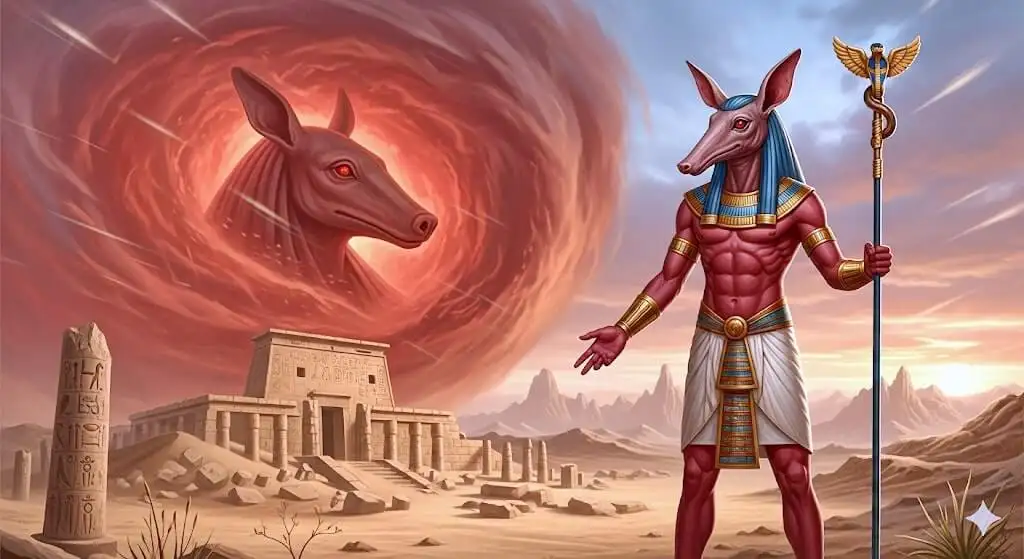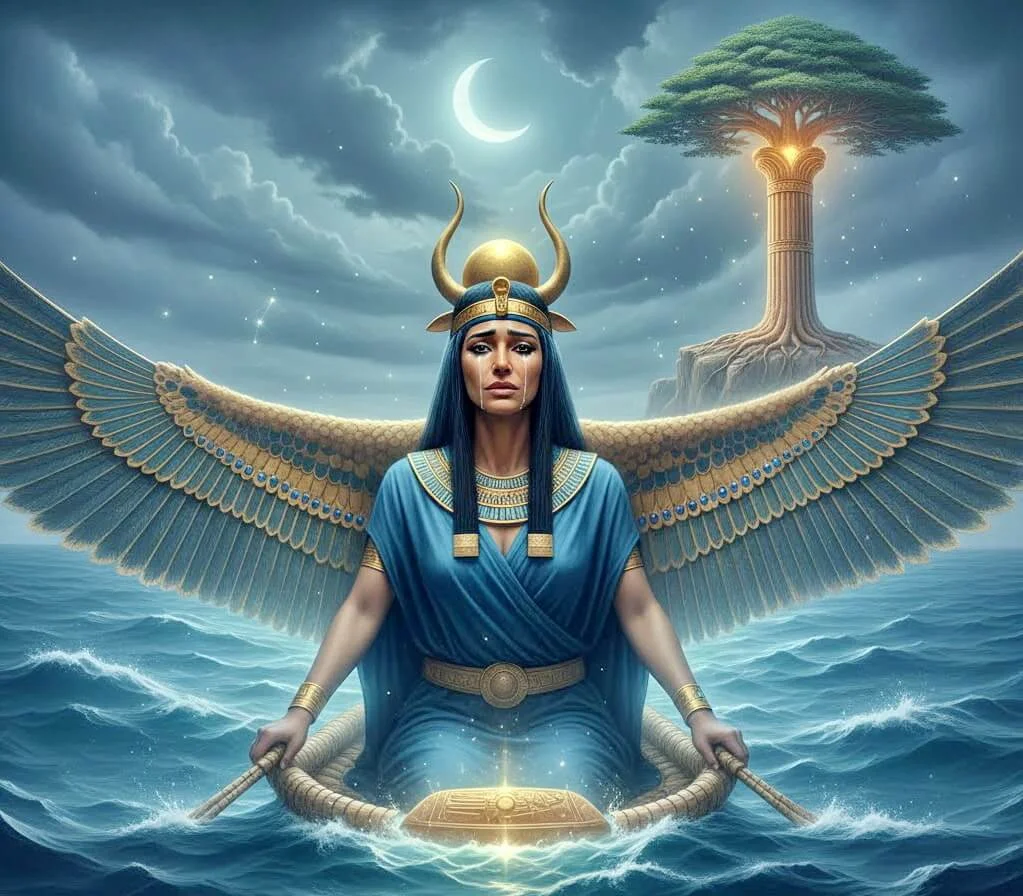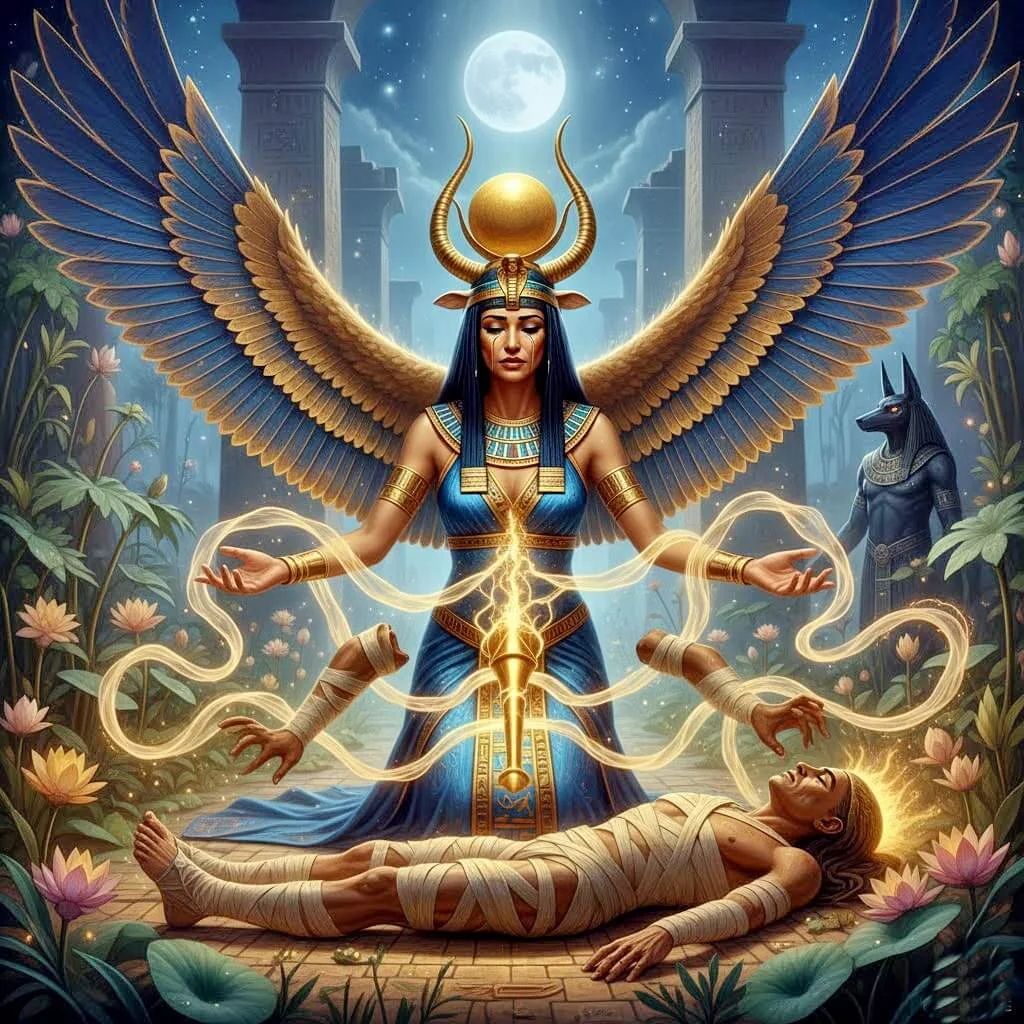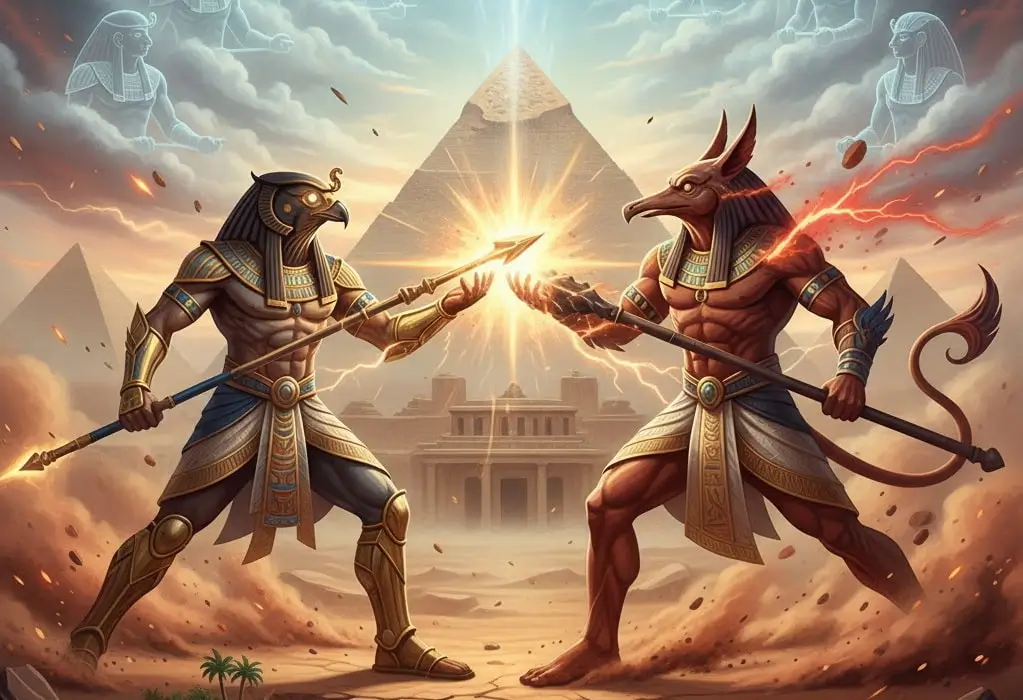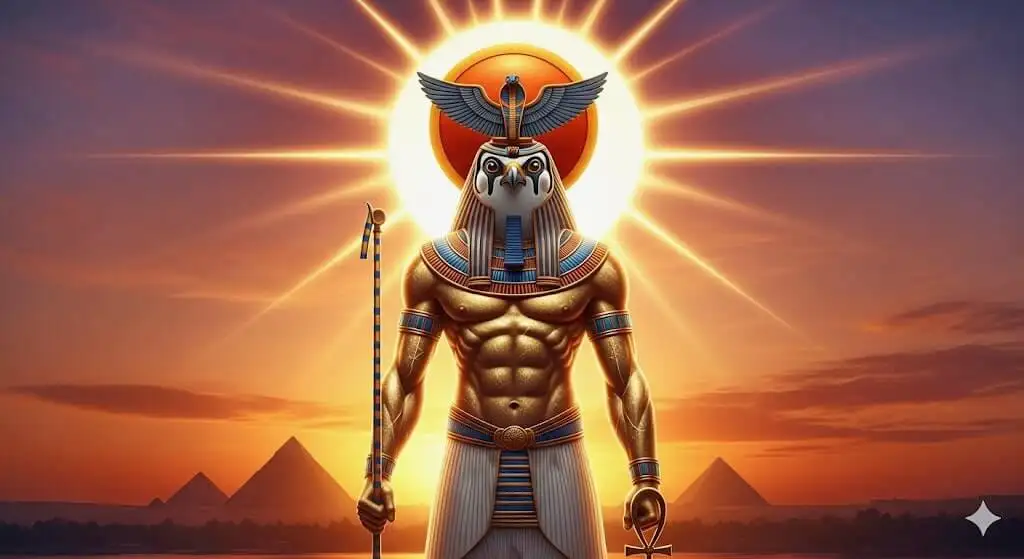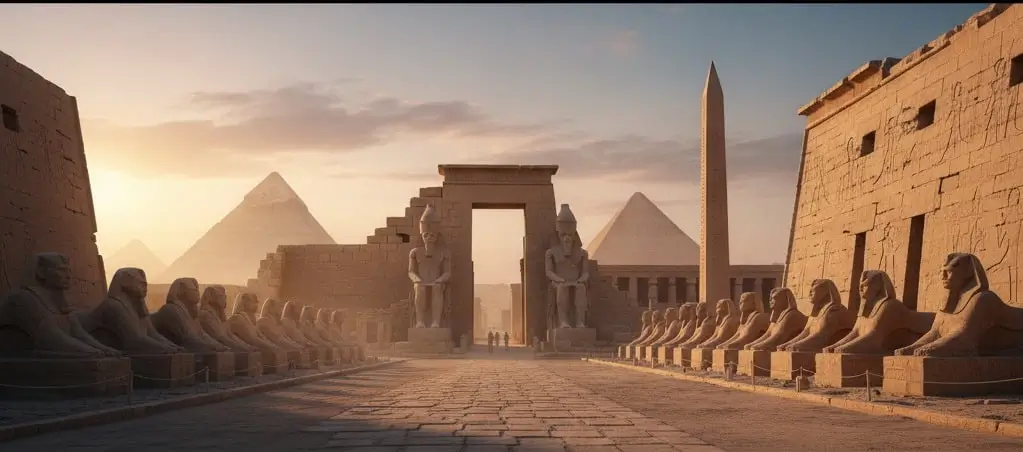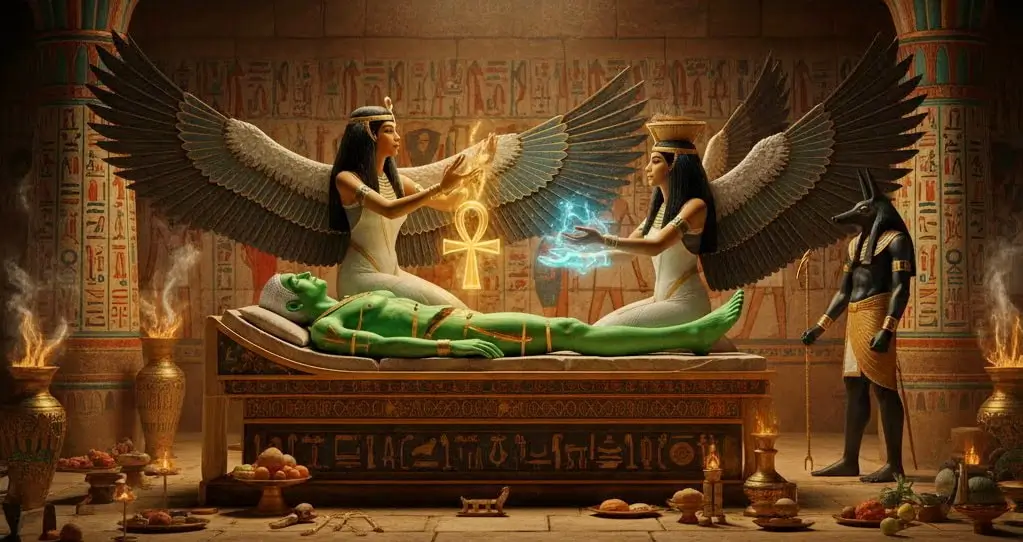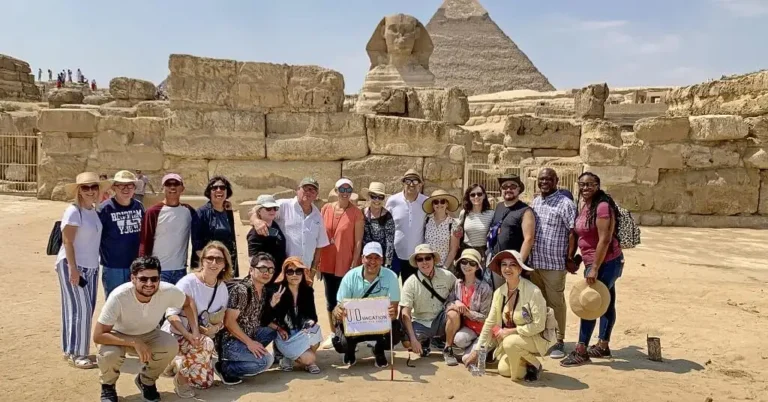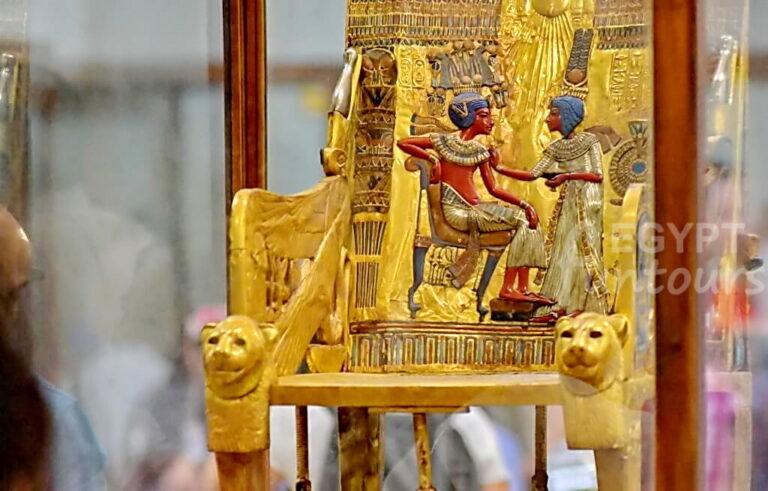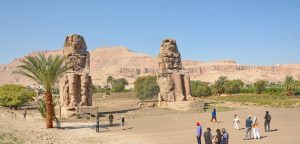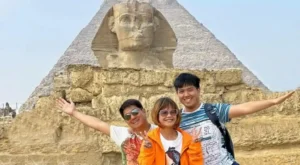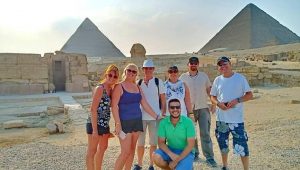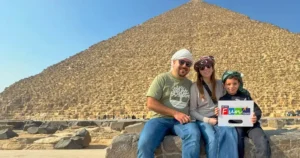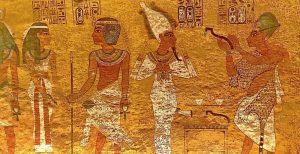The Journey of the Sun God Ra
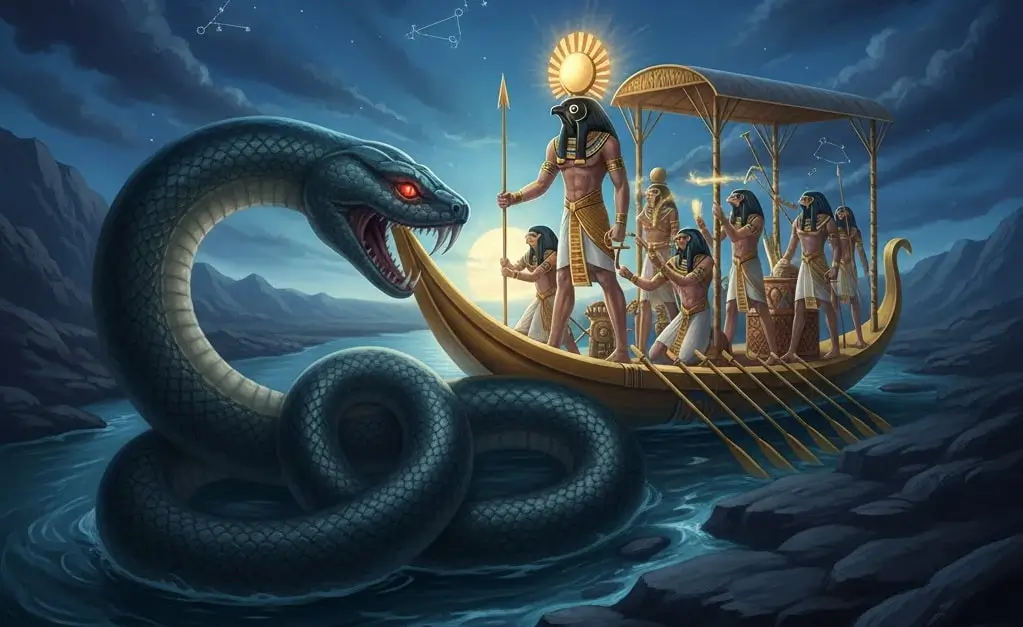
The victory of Horus established order on Earth. Yet, the cosmic balance required daily effort. The sun god Ra faced an endless battle in the sky and the underworld. This journey defined the Egyptian concept of time and renewal.
Ra’s Daily Cycle
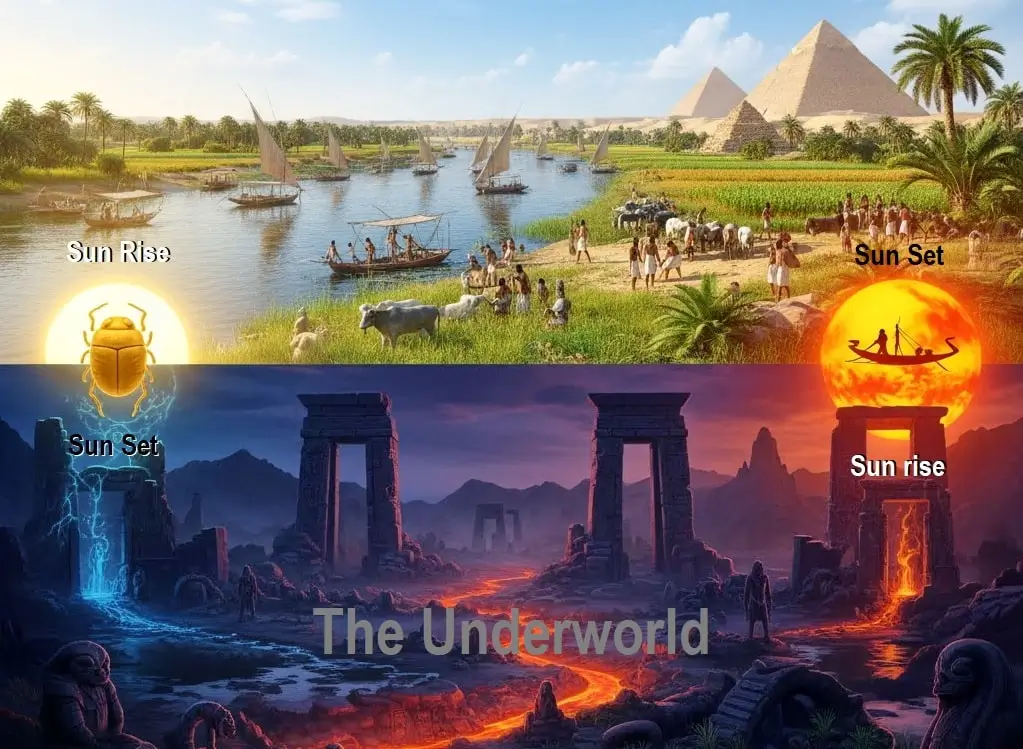
Ra traveled across the sky in his Solar Barge. This journey created the daylight hours. Ra’s light sustained all life in Egypt. The sun’s movement symbolized the cycle of birth, life, and death.
Every evening, the sun set in the west. Ra entered the Duat, the mysterious underworld. This was a dangerous, shadowy realm. The night passage was crucial for renewal.
Battle with Apep, the Serpent
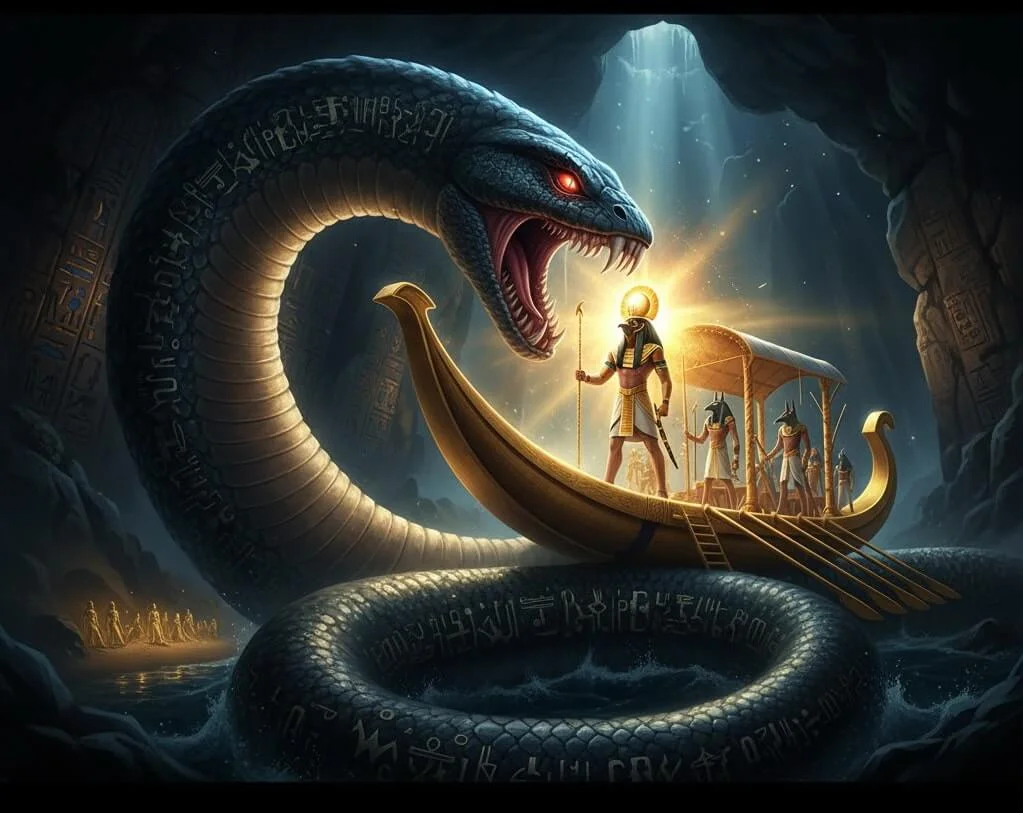
Chaos waited for Ra in the darkness. The serpent Apep (or Apophis) was Ra’s eternal enemy. Apep embodied the forces of darkness and Isfet. The massive snake tried to swallow the solar barge every night. This act would stop the sun from rising. This was the ultimate threat to Ma’at.
The gods on the barge defended Ra fiercely. Set, despite his chaotic nature, sometimes helped fight Apep. This showed even chaos could serve order.
Rebirth and Renewal
Ra passed through twelve gates of the Duat. Each gate represented an hour of the night. He encountered both friendly and terrifying spirits. Successfully navigating the Duat meant victory over death.
Every morning, Ra emerged triumphant in the east. He was reborn as the rising sun. This daily miracle confirmed the power of the Ancient Egyptian Myths and Legends. It promised Egyptians their own resurrection. The sun’s return was the ultimate sign of cosmic life.
The Afterlife and Immortality

The Ancient Egyptian Myths and Legends reached their climax after death. Egyptians saw life on Earth as a preparation. Their goal was to achieve eternal life in the afterlife. They called this blessed land the Field of Reeds (Aaru).
The Components of the Soul
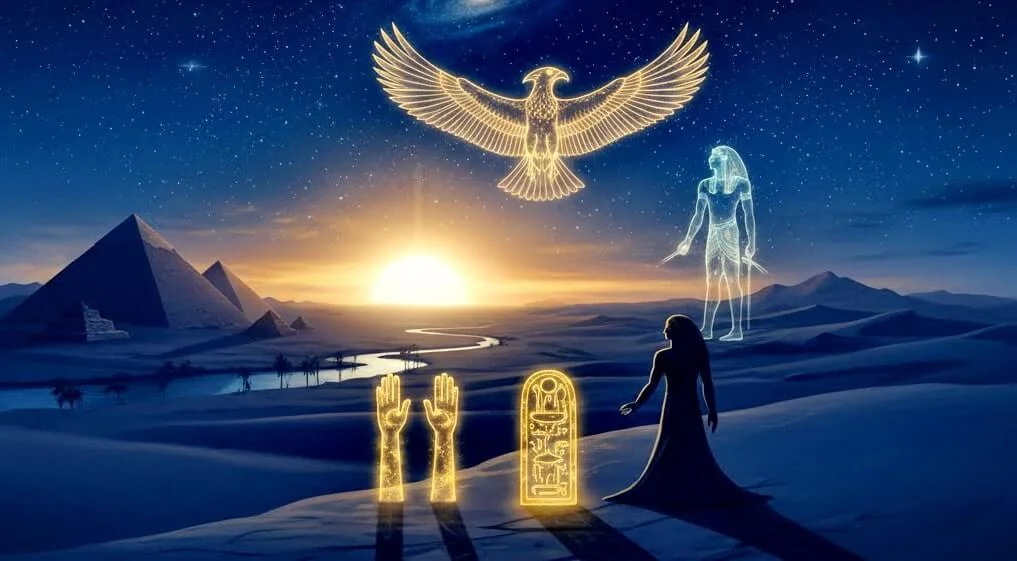
A person’s soul was complex. It was not a single entity. It consisted of several spiritual parts. The Ka was the life force. It remained in the tomb and needed nourishment. The Ba was the spirit’s personality. It could travel between the tomb and the underworld.
The soul’s journey required a preserved body. This explains the elaborate rituals of Mummification. The physical body acted as the anchor. Without it, the soul could not survive.
The Weighing of the Heart
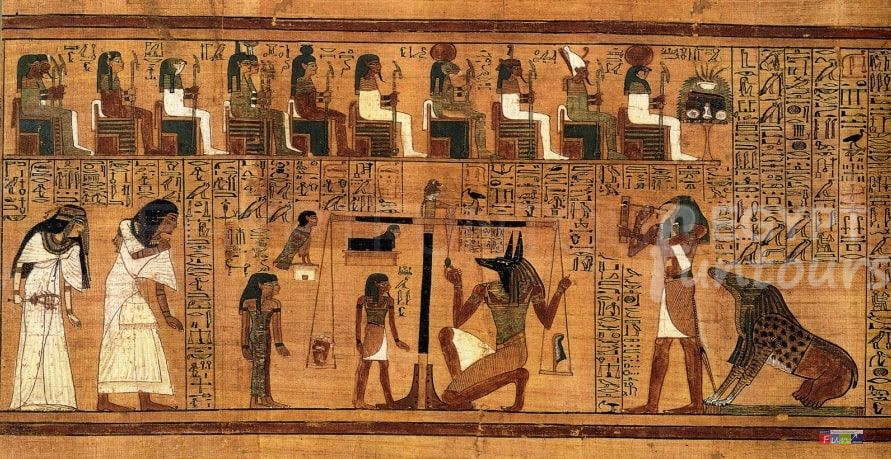
The soul faced its most important moment in the Hall of Two Truths. This event was overseen by Osiris. Anubis, the jackal god, guided the deceased. Their heart was placed upon a scale.
The heart was weighed against the Feather of Ma’at. This feather represented truth and cosmic order. A light heart meant the person lived righteously. Thoth, the god of wisdom, recorded the result.
The Devourer and Eternal Life
A heavy heart meant failure. It showed the person lived a life filled with Isfet. The heart would be instantly devoured by a terrifying demon. She was a hybrid creature named Ammit. That soul was condemned to oblivion, a second death.
A pure heart passed the test. The deceased was welcomed into the Field of Reeds. This final stage completed the cycle. The Ancient Egyptian Myths and Legends guaranteed immortality for the worthy. The deceased would live a perfect life, farming and feasting forever.

